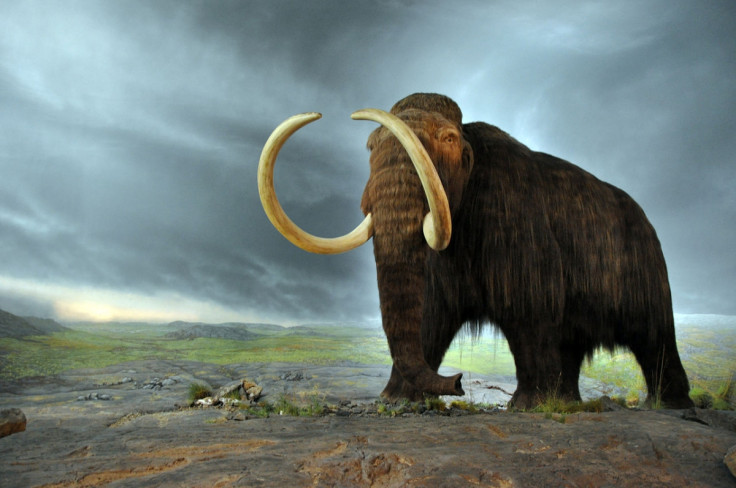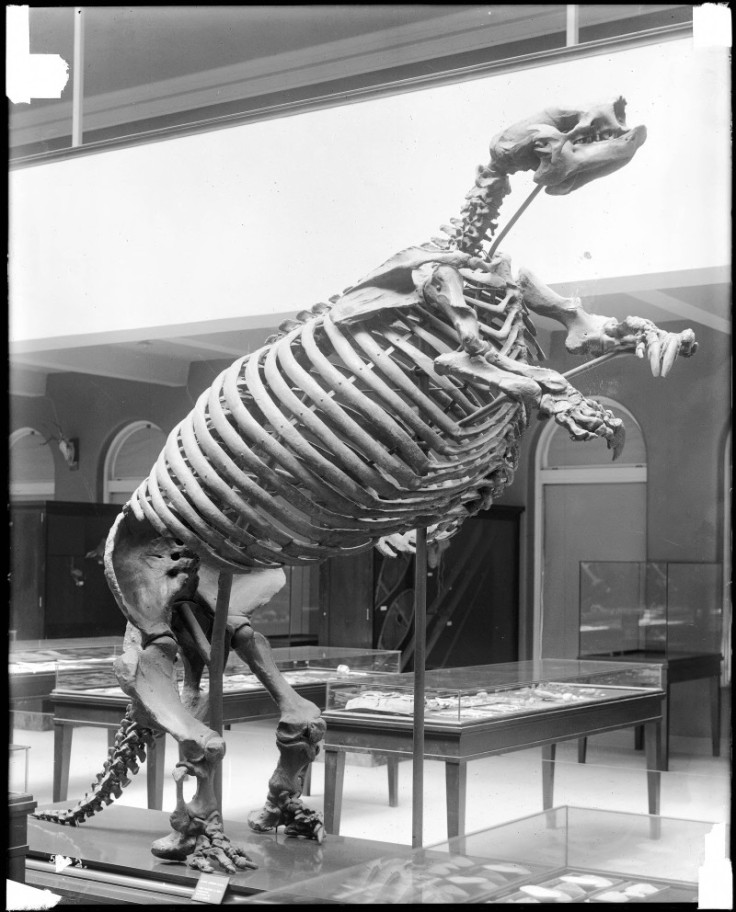Humans Caused Mass Extinction of Large Ice Age Mammals, Not Climate Change

Humankind led to the extinction of several large mammals around the time of the last Ice Age, researchers have said.
Scientists from Aarhus University in Denmark have carried out the first global analysis of the mass extinction of large animals worldwide during the course of the last 100,000 years.
According to Live Science, this last Ice Age occurred during the Pleistocene Epoch, defined as the period that began roughly 1.8 million years ago and lasted until around 11,700 years ago.
"We consistently find very large rates of extinction in areas where there had been no contact between wildlife and primitive human races, and which were suddenly confronted by fully developed modern humans (Homo sapiens). In general, at least 30% of the large species of animals disappeared from all such areas," Professor Jens-Christian Svenning, told Science Daily.
"Our results strongly underline the fact that human expansion throughout the world has meant an enormous loss of large animals," added Søren Faurby, a postdoctorate researcher.

Two theories were propagated by scientists for the extinction, prior to the research.
One stated that climate change led to the death of species as they were unable to find suitable habitats. Yet as the extinction of large animals did not occur during the previous Ice Ages, the disappearances remained largely unexplained.
Another theory attributed the loss of animals to "overkill", which suggested that as modern man spread from Africa across the globe over 100,000 years ago, hunting significantly deceased the animal population.
For the study, researchers carried out a global analysis and a minute mapping of all the large mammals that existed 132,000 to 1,000 years ago.
The results showed that 177 species of large mammals disappeared during this period. Asia lost 38 species, Africa 18, Europe 19, Australia 26 and North America 43. South America lost a total of 62 species.
The extinction occurred across the world, affecting species adapted to the cold, such as woolly mammoths, as well as temperate species such as forest elephants and giant deer. Some giant sloths and giant cape buffalo, which thrived in the tropics, were also wiped out.
The researchers stated that climate change was not a viable cause, as the only connection between climate change and the loss of megafauna was only observed in Eurasia.
Christopher Sandom, one of the researchers, told the University Herald: "The significant loss of megafauna all over the world can therefore not be explained by climate change, even though it has definitely played a role as a driving force in changing the distribution of some species of animals."
"Reindeer and polar foxes were found in Central Europe during the Ice Age, for example, but they withdrew northwards as the climate became warmer."
The findings are published in the journal Proceedings of the Royal Society B.
© Copyright IBTimes 2024. All rights reserved.






